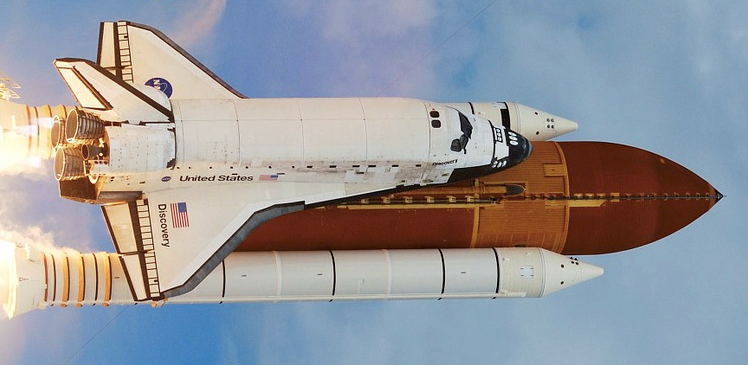Several NASA locations have been using VCOM for several years in communications applications. I will describe some of them and also mention some other VCOM users in this market.
NASA Ames Intelligent Robotics Group
NASA Ames Intelligent Robotics Group (“IRG”), located at AMES / Moffett Field, CA, uses VCOM locally and to interconnect projects and operations in conjunction with KSC, JSC and other NASA sites.
From the IRG website: “Intelligent Robotics Group (IRG) explores extreme environments, remote locations, and uncharted worlds. We conduct applied research in computer vision, geospatial data systems, human-robot interaction, planetary mapping and robot software.” “IRG operates the “K10” series of planetary rovers…” […] “We conduct robotic field tests each year in planetary analog sites, such as Black Point Lava Flow and Haughton Crater.”

The Intelligent Robotics Group (IRG) conducted an engineering field test with the K-Rex rover during the first week of October 2012. The field test took place at the Basalt Hills quarry, California. Image credit: NASA; Source: https://ti.arc.nasa.gov/m/groups/intelligent-robotics/krex/BH2012_FrontView.jpg
During 2015, IRG is supporting ongoing field testing of the Resource Prospector Mission (RPM) for NASA’s Human Exploration and Operations Mission Directorate’s Advanced Exploration Systems Division. Expected to be launched in 2018, RPM will be NASA’s first attempt to demonstrate in-situ resource utilization (ISRU) beyond Earth. The Moon happens to be an excellent location to use such technology to locate and determine viability of extracting hydrogen, oxygen (or even water) as a precursor to later missions to Mars and elsewhere that will depend on utilizing in-situ resources
Following the Summer 2015 Resource Prospector field mission, a Lead Engineer at Resource Prospector Ground Data Systems within the NASA Intelligent Systems Division related “…the Resource Prospector demo was a great success here. We remotely commanded the rover at JSC from Ames, with KSC commanding the payload. All three centers plus the folks in the “rock yard” at JSC used VCOM for all of our voice com, so you all were a big part of our success.”
Here is a link to an article about the Summer 2015 mission

Photo of the Regolith and Environment Science and Oxygen and Lunar Volatile Extraction (RESOLVE) platform. Image credit: NASA, Source: https://www.nasa.gov/images/content/660260main_resolve-full.jpg
Other NASA Groups Using VCOM
Another group at NASA Ames also used VCOM for simulated communications during a study analyzing “behavior of humans in the loop” for a Next Generation ATC (highly computerized Air Traffic Control system) for an FAA evaluation study. They selected VCOM for its flexibility and ease of rapid re-configuration during testing loops.
Other NASA groups using VCOM include Kennedy Space Center, Marshall Space Flight Center and also NASA Mission Operations Directorate.
Contact Intracom Systems to learn more about how VCOM can be used in your own aerospace applications.
Fred Urrutia +1 518-391-9023
furrutia@intracomsystems.com
read more

